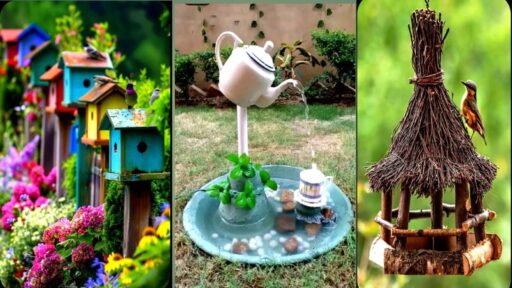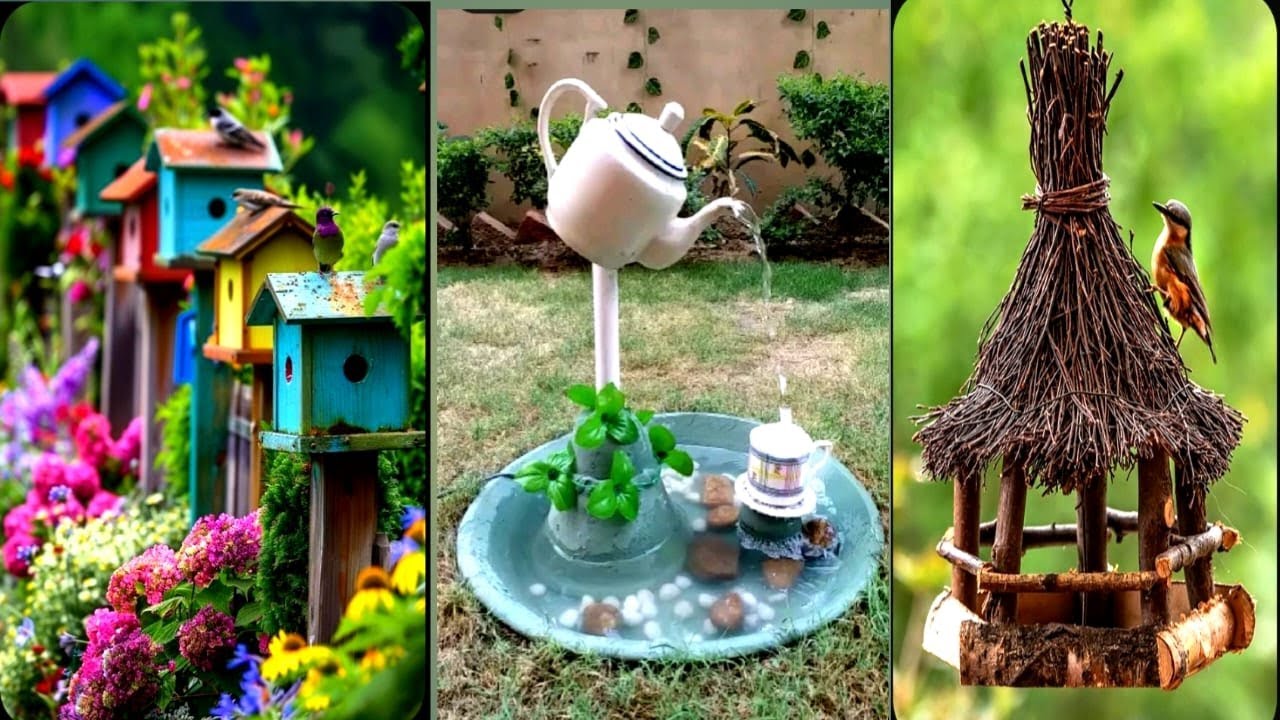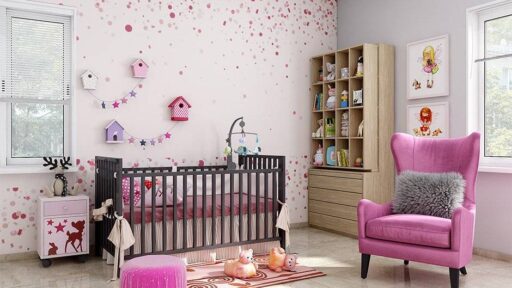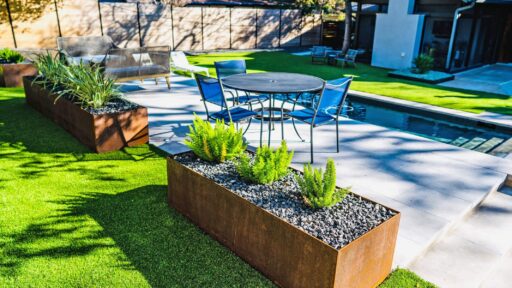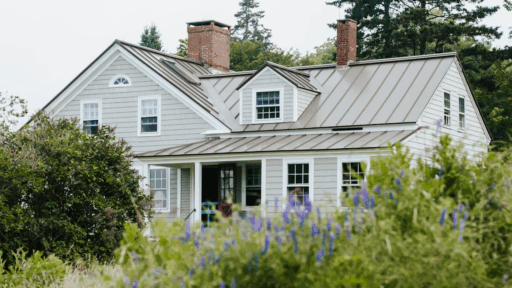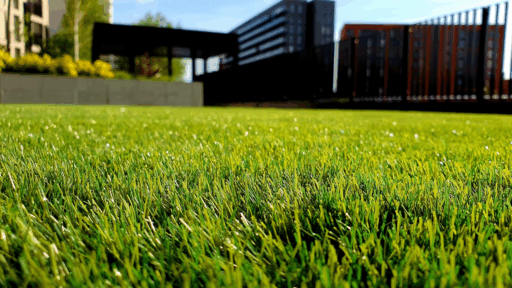There’s nothing quite like sitting in the garden early in the morning, coffee in hand, as the sun rises and birds begin to stir. Their songs add a kind of rhythm to the space—something no wind chime or playlist could ever replicate. If you’ve ever wished your garden felt more alive, the answer might be simpler than you think: build it for the birds.
Creating a garden that welcomes birds isn’t about cluttering your yard with feeders or turning your lawn into a wild meadow. It’s about thoughtful design—integrating beauty and function in a way that benefits both you and the wildlife around you.
Start with the Essentials: Food, Water, Shelter
Birds don’t ask for much, but they do need consistency. That means providing a few reliable sources of nourishment, water, and protection.
When it comes to food, native plants will always be your garden’s best ally. Coneflowers, bee balm, serviceberry—these offer blooms and seeds at different times of year, ensuring a steady supply for hungry visitors. But even the best planting schedule has its gaps. That’s where a bird feeder comes in.
A well-placed feeder adds both practical value and charm. Personally, I recommend the ones from Kingsyard—especially their squirrel proof feeder line. The designs are clean, easy to maintain, and—most importantly—they actually keep the squirrels out. Which means the seed stays where it belongs.
Hang your feeder near shrubs or small trees if you can. Birds like a quick escape route, and placing feeders near cover gives them the confidence to feed more openly.
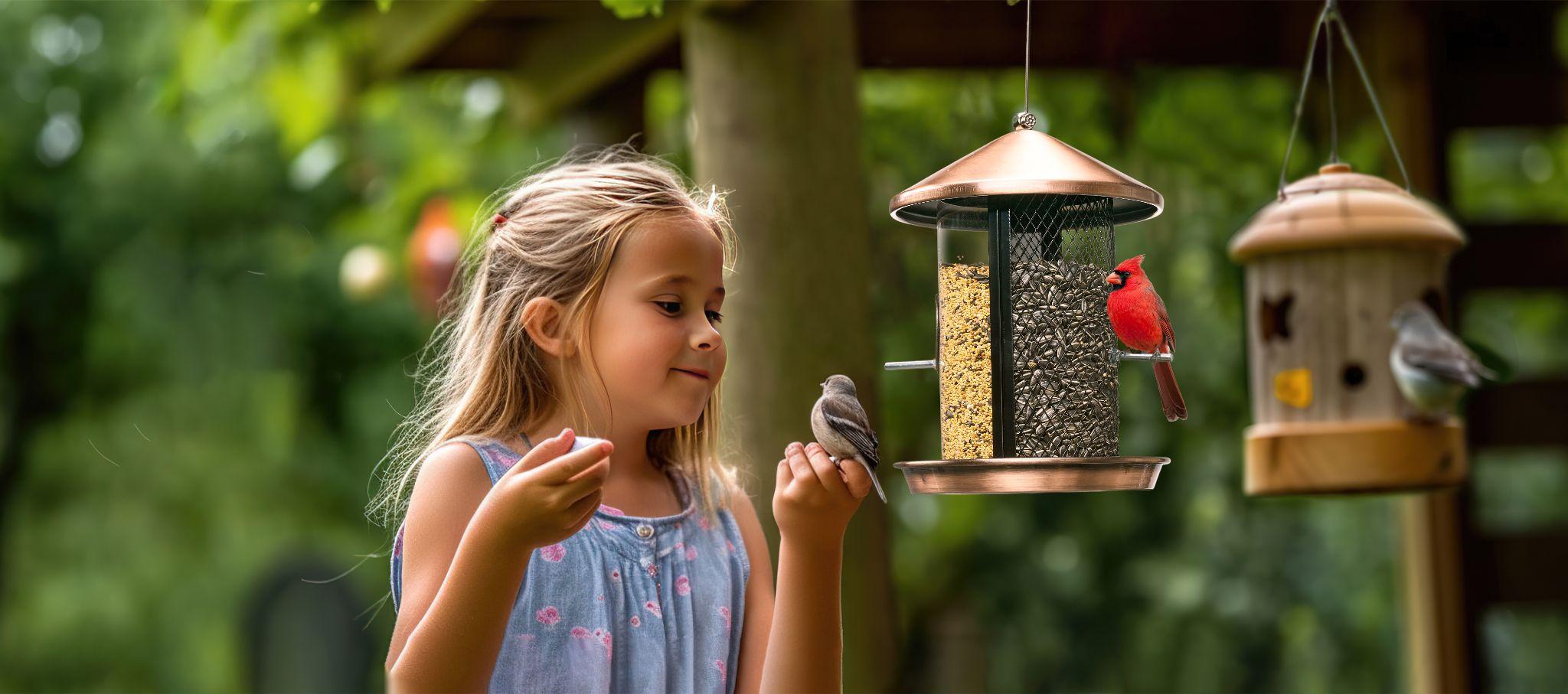
Design with Layers and Life in Mind
If you walk through a healthy woodland edge, you’ll notice something: life happens at every level. Tall trees provide canopy cover, shrubs offer protection, and low-growing plants serve as forage or nesting grounds.
Your garden can do the same. Aim for variety in height and texture—mix perennials with dense shrubs, weave in some native grasses, and leave a few corners a bit wild. The more diverse your planting, the more species you’re likely to attract.
Keep in mind, too, that birds aren’t just looking for flowers. They rely on insects, seeds, and fruit. That’s why going native with your plants isn’t just a nice idea—it’s a practical one. These plants are adapted to your region, need less water, and support the ecosystem your local birds depend on.
Bring in the Features—But Make Them Beautiful
Birdbaths, feeders, and nesting boxes all play a role in supporting birdlife. But that doesn’t mean they can’t look good doing it.
Instead of plastic bowls and bulky hardware-store feeders, look for sculptural birdbaths or minimalist feeders that blend into your landscape. I’ve used curved metal poles to suspend feeders over flowerbeds—they add height and movement, especially when surrounded by swaying grasses or blooming salvias.
One of my favorites? The Kingsyard squirrel proof feeder with its weight-sensitive perch. It keeps the look clean and modern, and the birds seem to appreciate it just as much as I do.
Keep It Clean, Keep It Quiet
Birds are sensitive guests. A garden that’s too noisy, messy, or unpredictable can drive them away. Routine maintenance goes a long way—clean feeders every week or two, change birdbath water regularly, and rake up fallen seed to keep rodents and mold at bay.
But also resist the urge to over-prune or “clean up” everything. A brush pile in the back corner, some dried seed heads on your black-eyed susans—these small touches are exactly what birds are looking for.
Final Word: Let It Evolve
A bird-friendly garden doesn’t need to be perfect. It doesn’t even need to be big. What matters is the intention—to carve out a space that’s alive, responsive, and welcoming.
Over time, you’ll get to know your regulars: the cardinal that always shows up after 4 p.m., the goldfinches that arrive in twos. Your garden won’t just grow—it will gather.
So start with a feeder, add a few native plants. Watch, adjust, and let nature tell you what’s working. Trust me: your garden will sing back.

